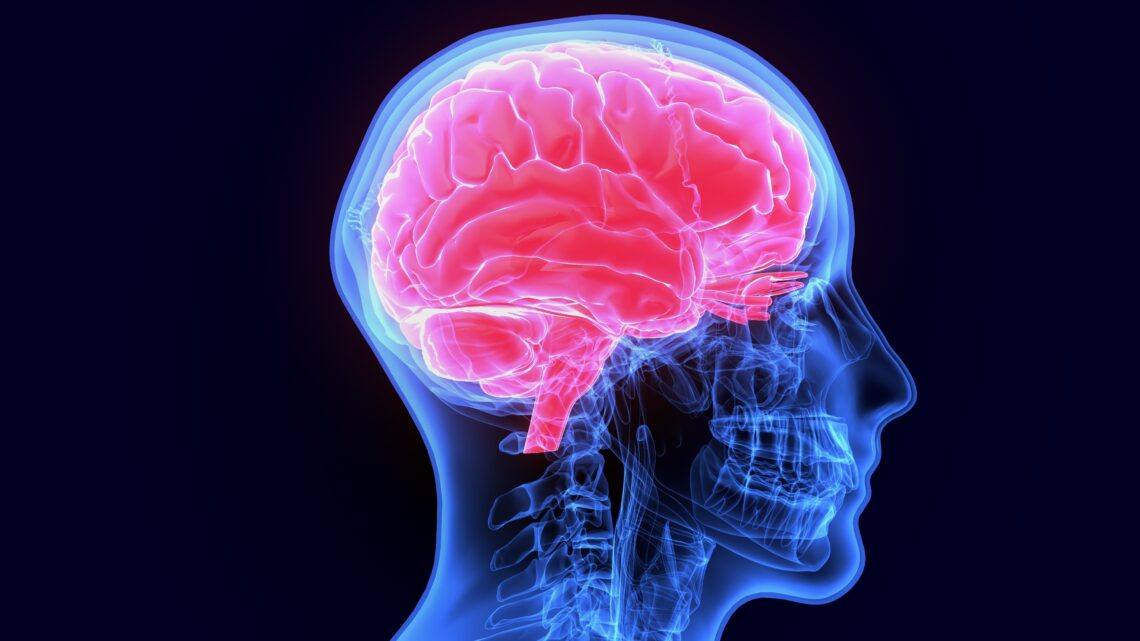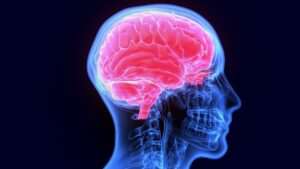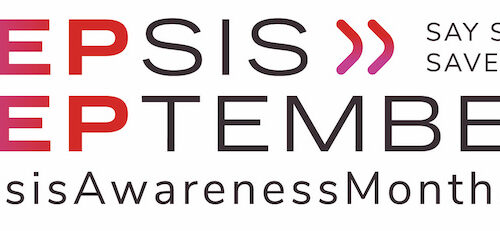
Dementia: It’s More Than Alzheimer’s Disease
Do you know someone who is showing signs of memory loss or confusion? If that person is older, you may think that this is dementia. And when someone says the word “dementia,” most people think about Alzheimer’s disease. That’s not unexpected given that Alzheimer’s is the most common cause of memory loss and cognitive decline in the United States. More than 6 million people have the disease. Still, while Alzheimer’s disease does cause dementia, dementia isn’t necessarily Alzheimer’s disease. And sometimes, what we think is dementia isn’t that at all.
Dementia versus delirium
Dementia is a decline in mental or cognitive ability that affects your daily life. It is not a specific disease on its own but a combination of symptoms. These include difficulties with memory, language and problem-solving skills. It can be caused by a stroke (vascular dementia), Parkinson’s, or other forms of dementia-related diseases, such as Lewy body dementia. However, it’s important to know that there is another condition, delirium, that can be confused for dementia. The most significant difference between the two is that delirium is often reversible, while dementia is typically not.
 The current theory of the cause of Alzheimer’s dementia is that a build-up of proteins called beta amyloid leads to disruption in brain signaling and deterioration in the brain. This leads to a decline in memory, language, vision, balance, and problem-solving. Dementia is usually an insidious, slow progressive illness. It is irreversible except in unusual cases such as a disease called normal pressure hydrocephaly. Vascular dementia or dementia caused by strokes to certain portions of the brain can lead to a more stepwise, rapid decline in brain function as portions of the brain die due to poor blood flow. For example, a patient with dementia is alert, but does not know the date, and has difficulty with conversation with slowed speech
The current theory of the cause of Alzheimer’s dementia is that a build-up of proteins called beta amyloid leads to disruption in brain signaling and deterioration in the brain. This leads to a decline in memory, language, vision, balance, and problem-solving. Dementia is usually an insidious, slow progressive illness. It is irreversible except in unusual cases such as a disease called normal pressure hydrocephaly. Vascular dementia or dementia caused by strokes to certain portions of the brain can lead to a more stepwise, rapid decline in brain function as portions of the brain die due to poor blood flow. For example, a patient with dementia is alert, but does not know the date, and has difficulty with conversation with slowed speech
Delirium, on the other hand, develops rapidly, mainly affects attention and awareness, causing confusion. If caused by some infection, vitamin deficiency, or drug toxicity, among other causes, it might be reversible.
Here is a common example of delirium. If you have an older relative who is managing well on her own, and then suddenly begins to speak inappropriately, makes bad decisions, and acts out of character, you might think she is developing dementia. After you bring her to the hospital where they do a urine test, they discover your relative has a urinary tract infection. She begins taking antibiotics and within a few days, she is back to her version of normal. In this case, your relative had delirium, not dementia.
Ruling out pseudodementia
When doctors see patients with dementia symptoms, they have to determine if something else may lead to the symptoms, like pseudodementia.
As the name implies (“pseudo”), pseudodementia is a disease process that can mimic dementia. The difference is that it can be reversed if the doctors can identify and treat the cause. Here are some examples:
- Syphilis, treated by antibiotics
- Thyroid gland dysfunction, such as hypothyroid (under functioning thyroid), treated with a thyroid hormone
- Vitamin deficiency such as thiamine deficiency (Wernicke-Korsakoff syndrome), treated with vitamin B1 and glucose by intravenous (IV)
Severe depression can also sometimes mimic dementia. A severely depressed person can become less involved with their community and have difficulty concentrating. One of the differences though, is that someone who is depressed will comment on memory problems while someone with dementia usually won’t. Speech and writing aren’t usually affected either when someone is depressed.
Different types of dementia
Although there is currently no cure for dementia, knowing what kind of dementia someone is facing is important for understanding prognosis, potential treatments, steps to slow the disease progression-like optimizing sleep and exercise. Some types of dementia might respond to medications that slow down the disease progression.
- Alzheimer’s disease: Scientists don’t completely understand what causes Alzheimer’s disease, but they do know that it is a progressive brain disease that includes a build-up of plaques and tangles in the brain tissue. If you have a close family member with dementia, you are at higher risk of developing Alzheimer’s – although it can happen even without a family history. Age is a risk factor for developing the disease, it is not an inevitable part of aging. There is a rare form of early-onset Alzheimer’s disease that can affect people in their 30s to mid-60s. Fewer than 10% of all people with Alzheimer’s disease have early onset. Having a higher level education appears to protect against Alzheimer’s, as does increased social connections, sleep quality and regular exercises. There are currently clinical trials going on assessing the role of each of these lifestyle factors.
- Lewy body dementia (LBD), also called dementia with Lewy bodies (DLB), is caused by a build-up of abnormal protein deposits in the brain. It affects more than 1 million people in the U.S. and can begin in people as young as 50. According to the Alzheimer Association, some of the key differences between people with LBD and those with Alzheimer’s is that people with LBD tend to have more issues with judgment, planning, and visual perception in addition to memory loss. They can also have more hallucinations and difficulty with REM sleep, the period when the body dreams.
- Frontotemporal dementia (FTD) is a rarer form of dementia; about 10% to 20% of people with dementia in the U.S. have a form of FTD. It’s been in the news lately because it is the type of dementia actor Bruce Willis has. FTD is caused by a degeneration of the neurons (nerve cells) in the frontal and temporal lobes of the brain. These parts of the brain control language, personality, and behavior. According to the National Institute of Neurologic Disorders and Stroke, there are three main groups of FTD: progressive behavior/personality decline, progressive language decline, and progressive motor decline. The Association for Frontotemporal Degeneration defines FTD types as:
- Behavioral (bvFTD) – also called frontotemporal dementia or Pick’s disease.
- Primary progressive aphasia (PPA)
- Progressive supranuclear palsy (PSP) – called “atypical Parkinsonism” by some.
FTD is particularly brutal because it strikes early, most often from about 45 years on, but it can affect people as young as in their 20s.
 Aside from the toll FTD takes on the people who have it and the ones who love them, it has a high financial toll. A study published in the journal Neurology in 2017 compared the economic burden of FTD in the U.S. with Alzheimer’s disease. The researchers found that the annual cost of caring for someone with FTD was twice that of someone with Alzheimer’s disease. The young age of people diagnosed with FTD cause this increased cost. Younger age at diagnosis means a loss in household income as the person can no longer work, and the spouse or partner may have to miss work or quit altogether to provide care.
Aside from the toll FTD takes on the people who have it and the ones who love them, it has a high financial toll. A study published in the journal Neurology in 2017 compared the economic burden of FTD in the U.S. with Alzheimer’s disease. The researchers found that the annual cost of caring for someone with FTD was twice that of someone with Alzheimer’s disease. The young age of people diagnosed with FTD cause this increased cost. Younger age at diagnosis means a loss in household income as the person can no longer work, and the spouse or partner may have to miss work or quit altogether to provide care.
I have a particular interest in FTD. Dear friends have been living with this disease for several years. One spouse was diagnosed with FTD over 8 years ago. It’s a cruel disease that few people know about. In 2019, the CBS news show 60 Minutes ran a segment on FTD, called Frontotemporal dementia: Devastating, prevalent, and little understood. There is much more to FTD than the piece can show, but it’s a good primer for people who don’t know anything about it.
Conditions that are less common causes of dementia are:
- Creutzfeldt-Jakob disease
- Down’s syndrome
- Huntington’s disease
- Parkinson’s disease
- Vascular dementia
- Korsakoff Syndrome
- Posterior cortical atrophy
- Normal pressure hydrocephalus
People who show signs of dementia need an evaluation. If it isn’t treatable, it’s important to reach out to various resources around you.
For example, if your loved one has Alzheimer’s disease, their association has a website with a lot of valuable information. Ask your healthcare providers if they know of any local resources or support groups. Ask what is available. If you have private insurance, ask what services they might have that can help as well.
Caring for someone with dementia is a long road. You can’t do it alone. And you are not alone. Over 55 million people currently live with this. There are 10 million new diagnoses each year. Early diagnosis can help you make healthy lifestyle choices to slow the progression in some cases. Free resources exist. Find a community to help you navigate this process. Let us help you decipher your health.
Disclaimer
The information in this blog is provided as an information and educational resource only. It is not to be used or relied upon for diagnostic or treatment purposes.
The blog does not represent or guarantee that its information is applicable to a specific patient’s care or treatment. The educational content in this blog is not to be interpreted as medical advice from any of the authors or contributors. It is not to be used as a substitute for treatment or advice from a practicing physician or other healthcare professional.



